NURSING PRACTICE: Respiratory Complications Prevention Report
VerifiedAdded on 2022/08/17
|5
|975
|13
Report
AI Summary
This report focuses on the prevention of respiratory complications, particularly in patients with spinal cord injuries (SCI). It examines the impact of SCI on respiratory function and the associated risks. The report details the procedure of tracheostomy as a key intervention to mitigate these risks, comparing it with previous practices and highlighting evidence-based practices that support its use. It emphasizes the importance of early intervention and intensive physiotherapy. The report also discusses the significance of lesion level and completeness in determining the need for tracheostomy. It concludes by summarizing the importance of interventions like intubation and tracheostomy in promoting effective breathing, preventing complications, and improving patient outcomes. The report references several studies to support its claims and provides a comprehensive overview of the topic, making it a valuable resource for nursing students. The report is prepared as part of an assignment on nursing practice and care plan development for medical-surgical clients.
1 out of 5
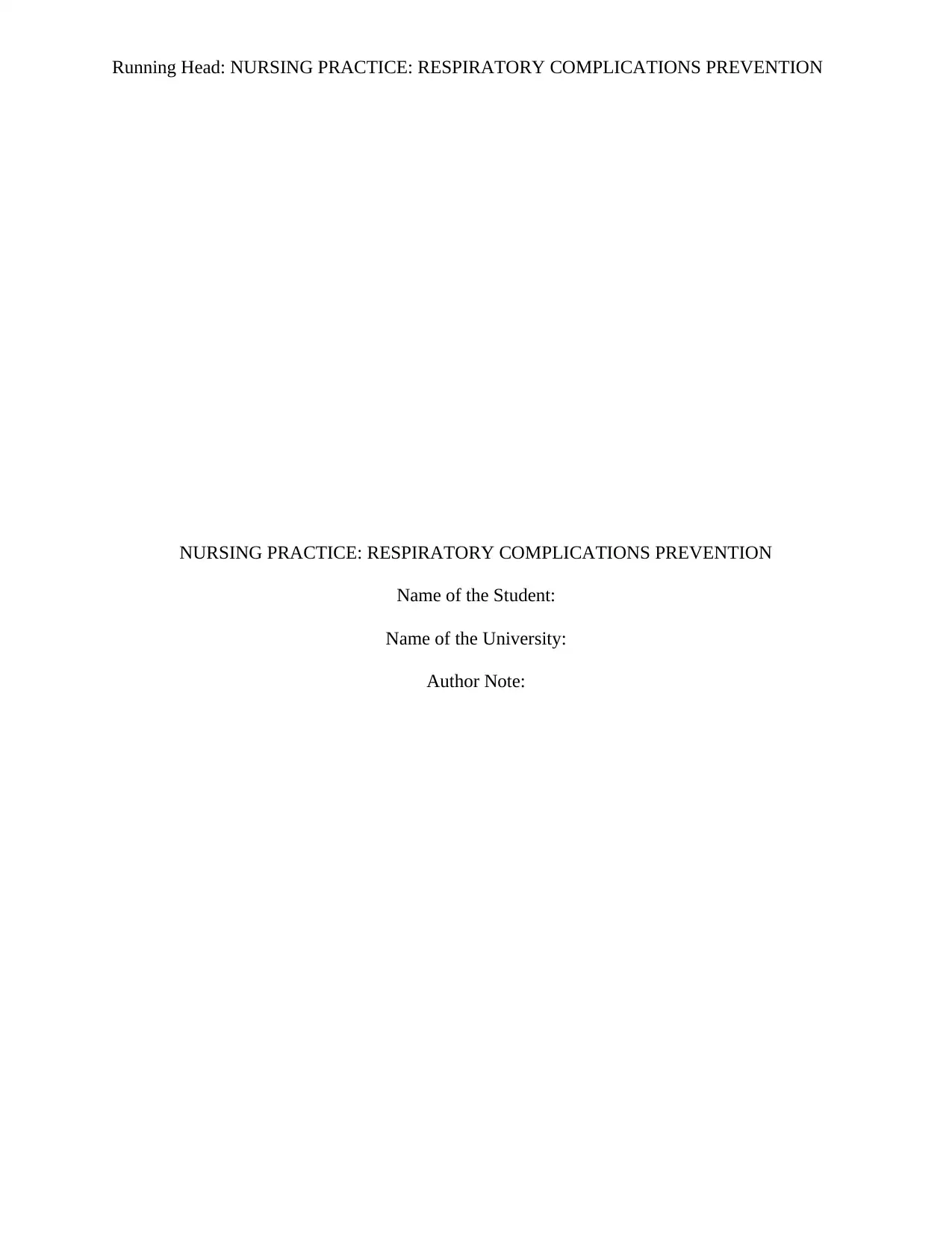
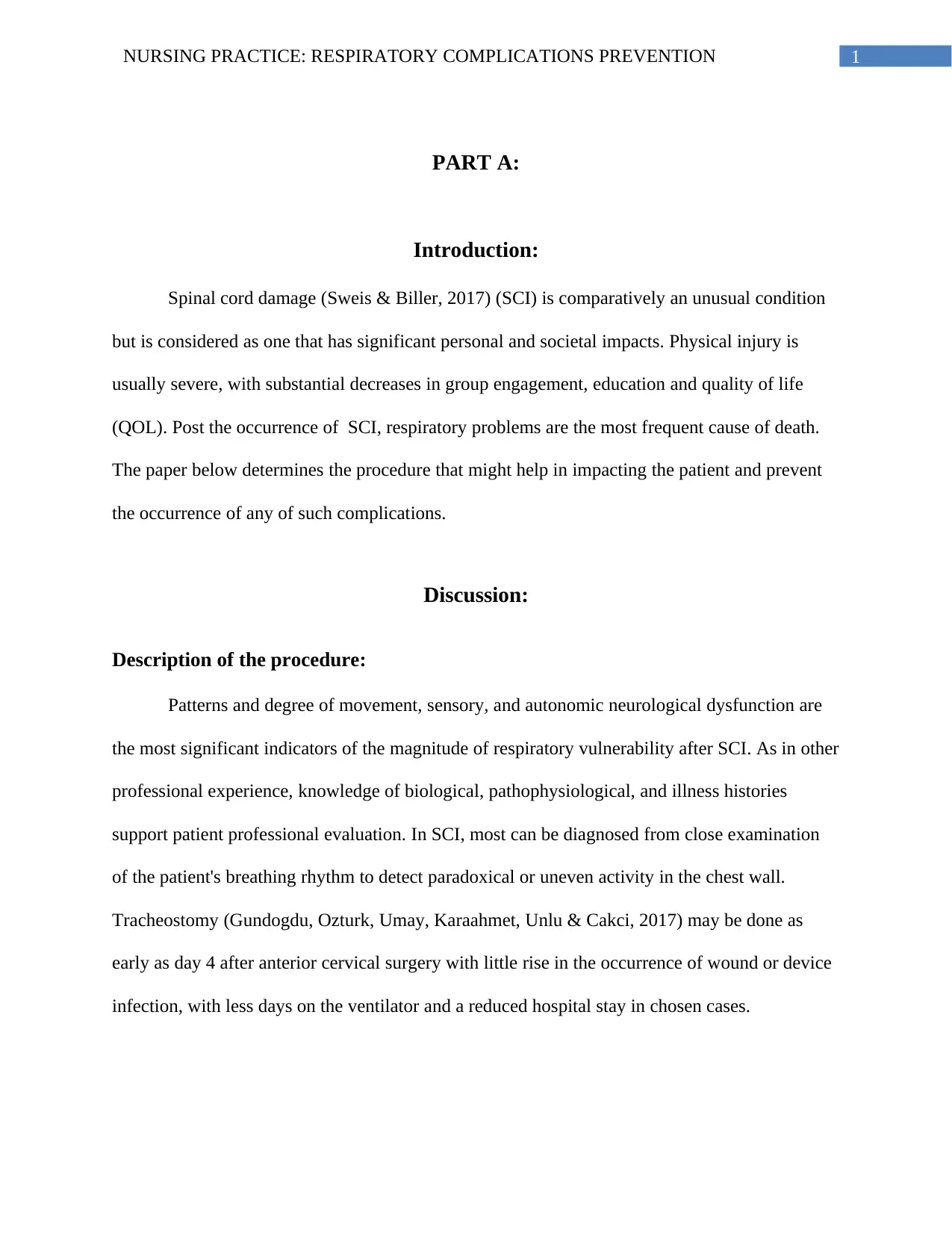
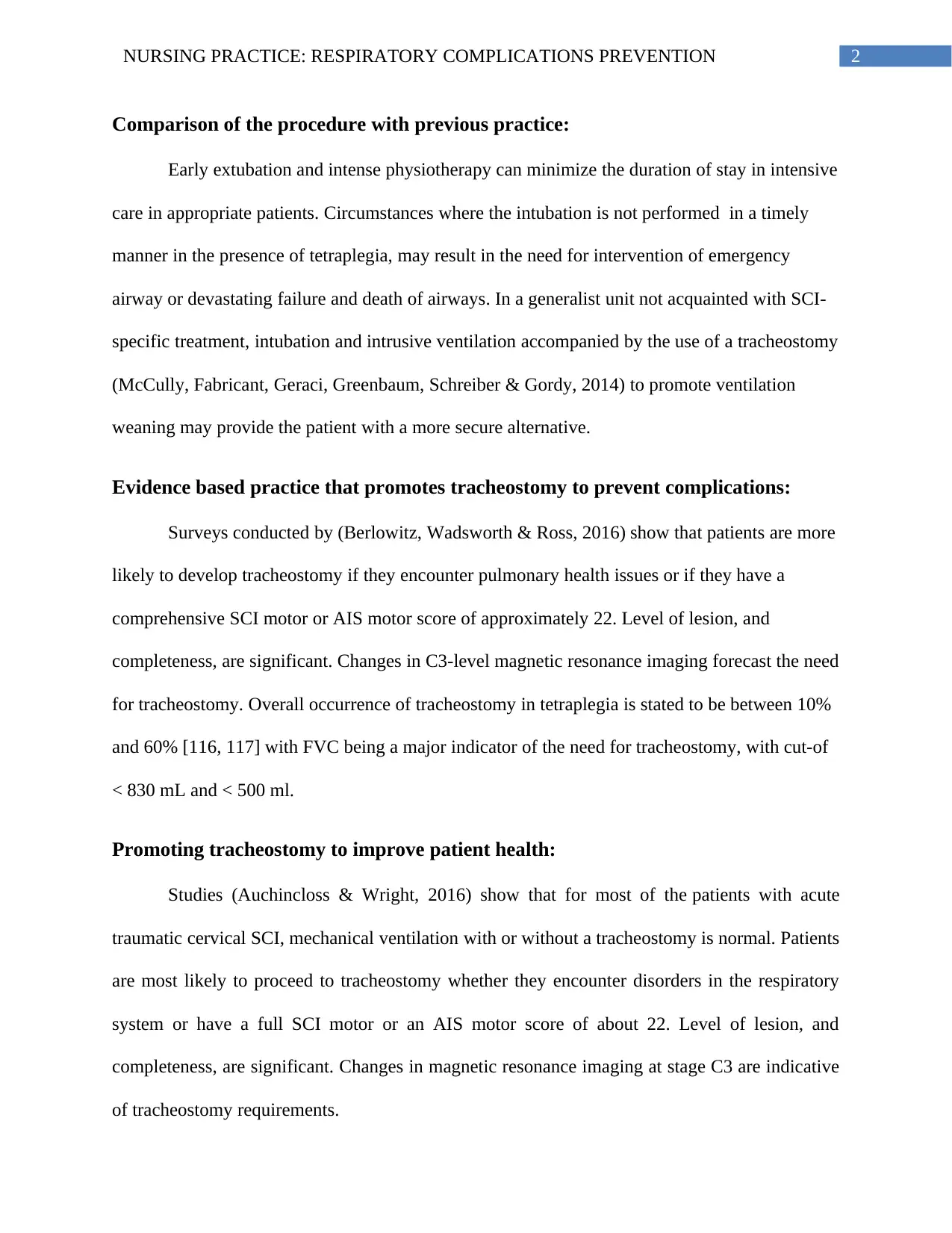

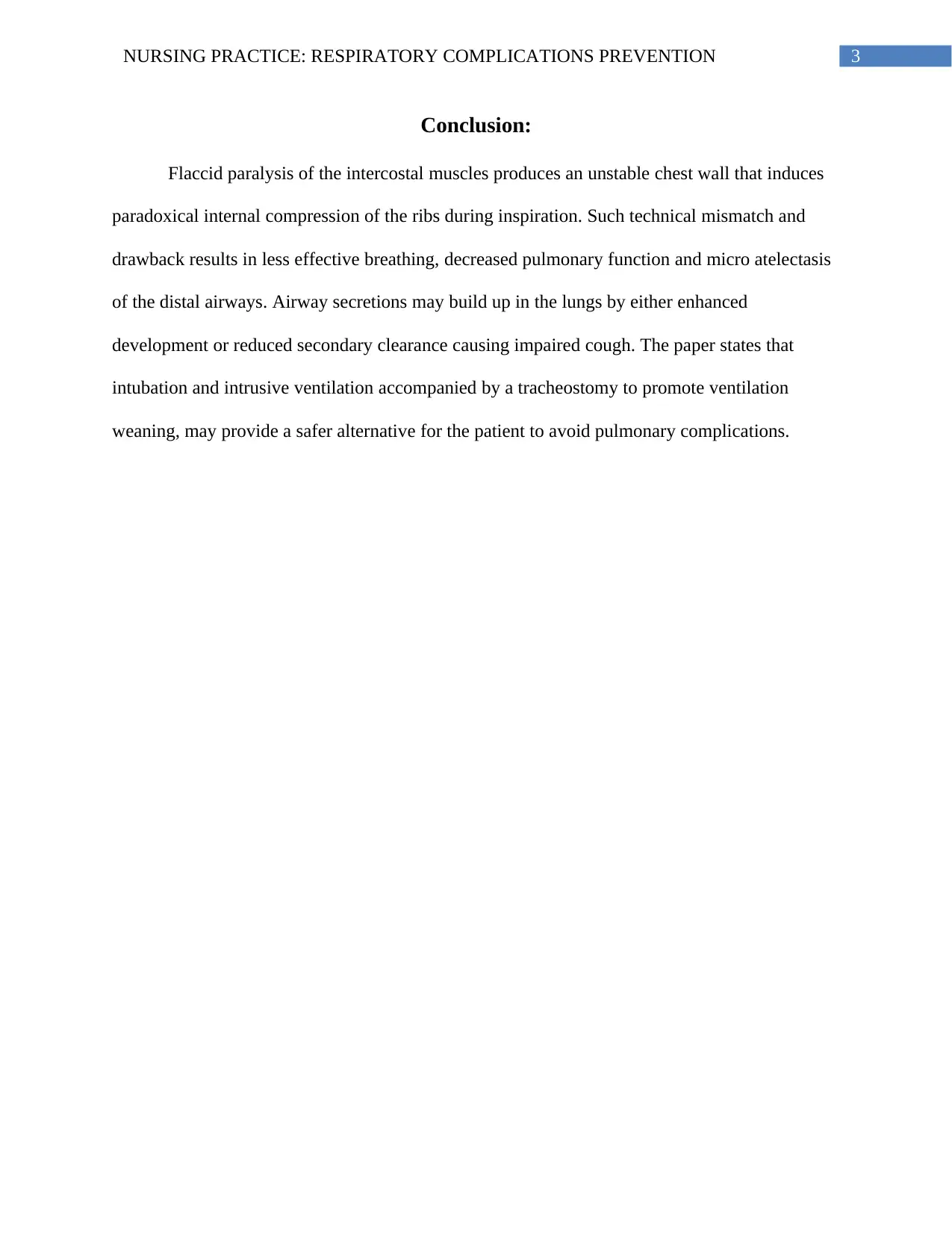
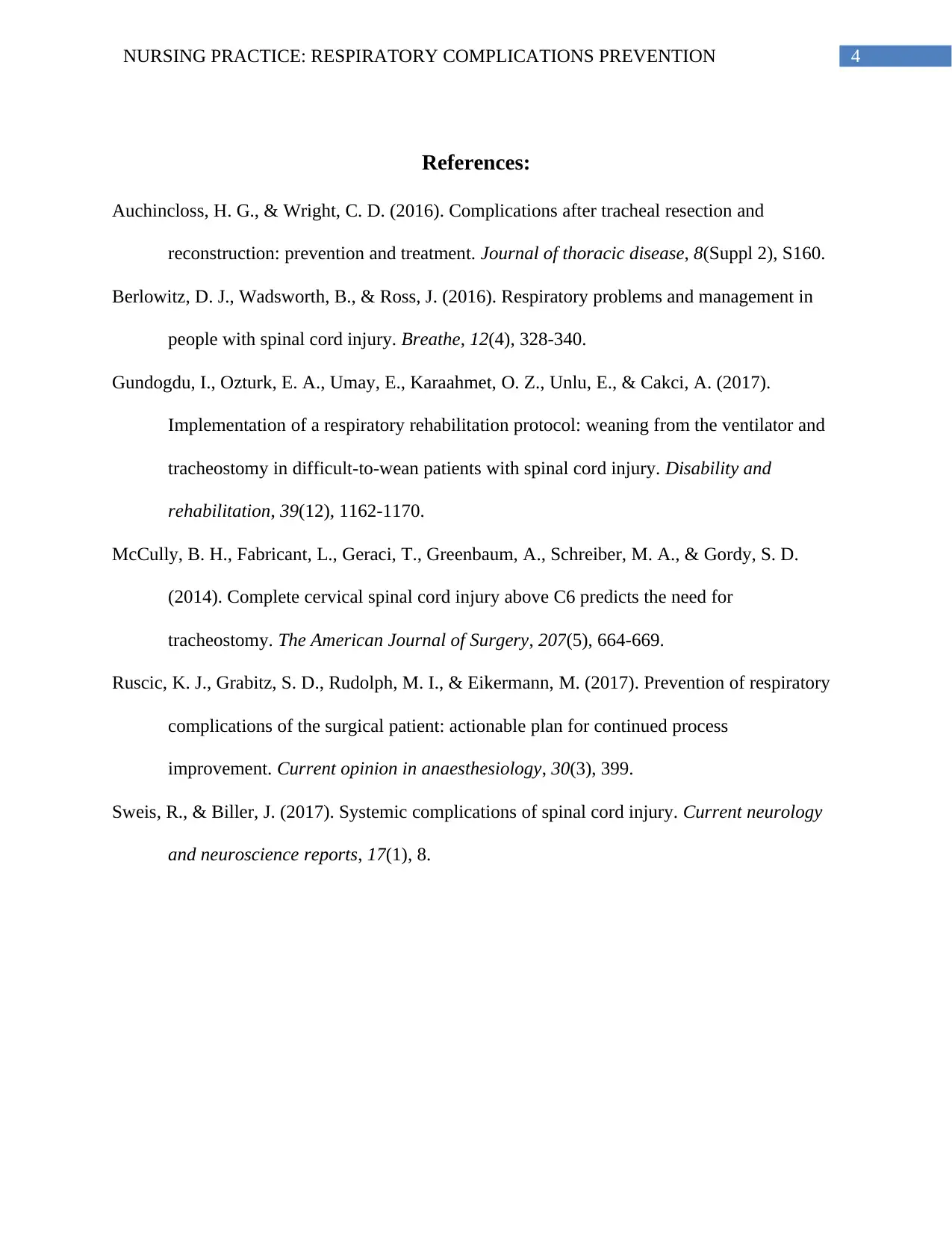

![[object Object]](/_next/static/media/star-bottom.7253800d.svg)